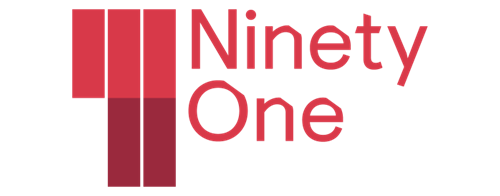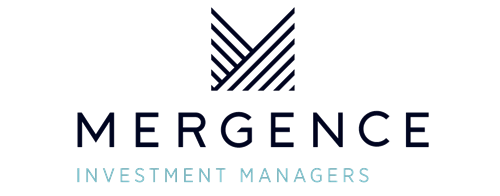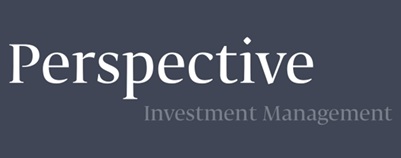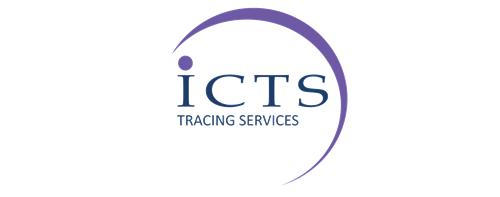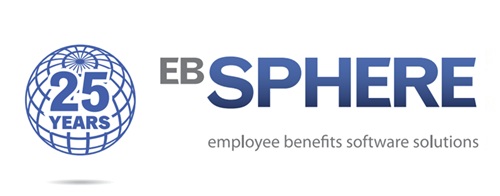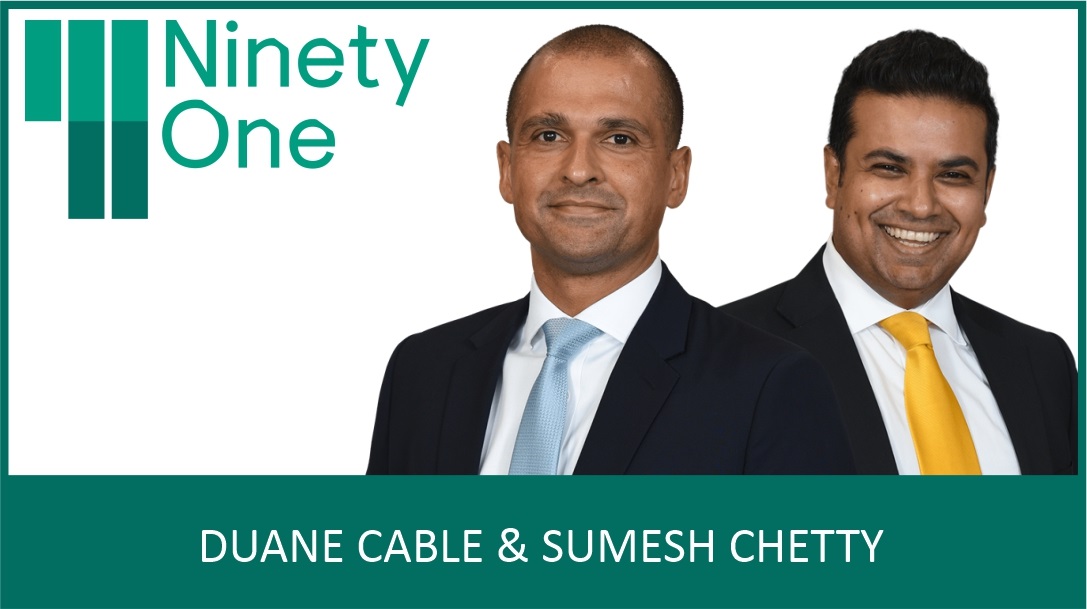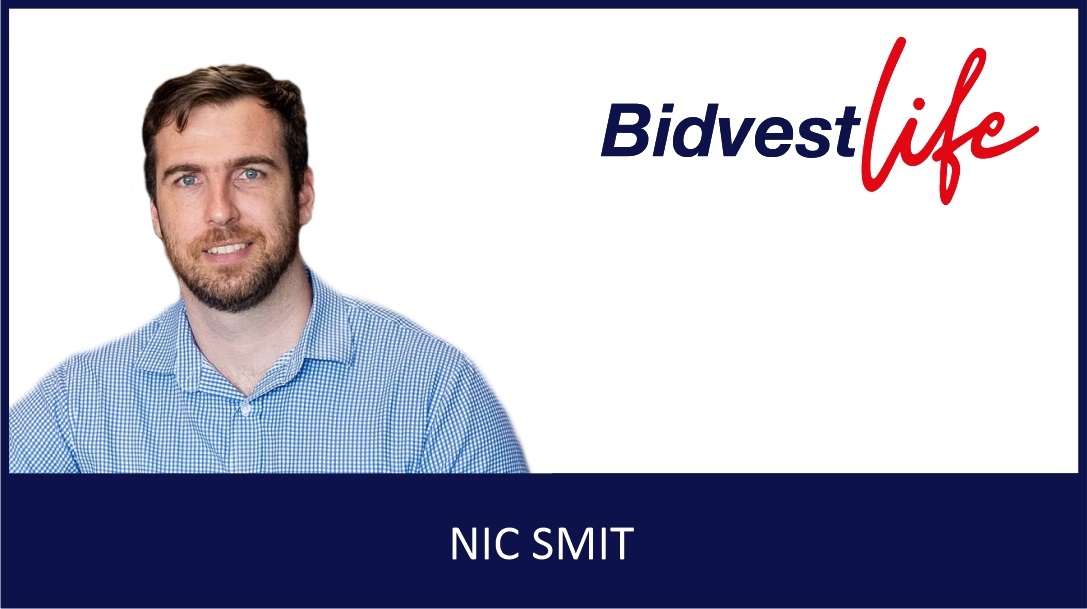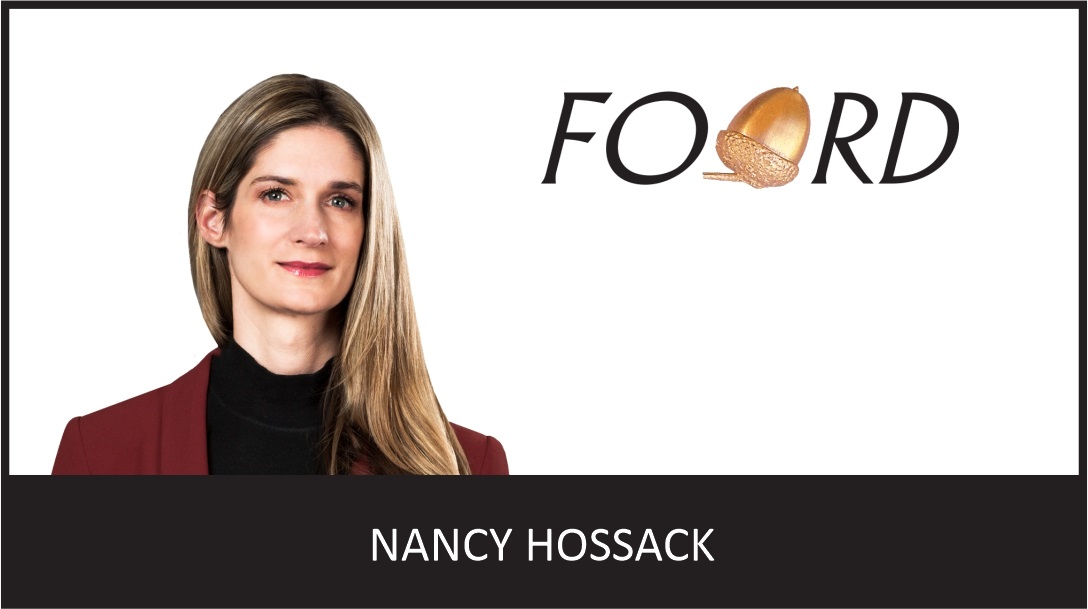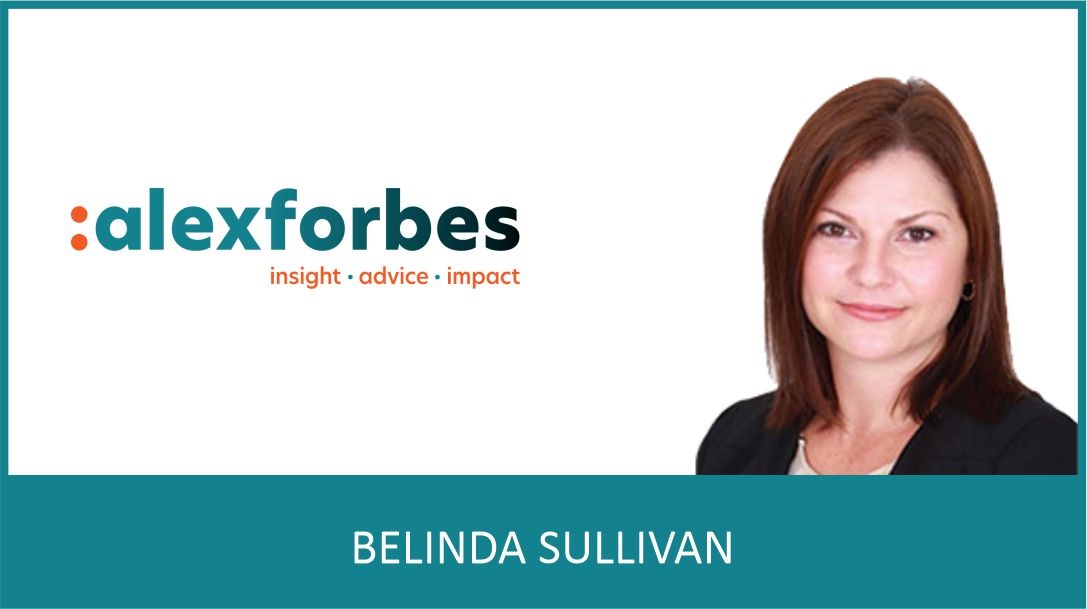Duane Cable, SA Head of Quality, and Sumesh Chetty, Portfolio Manager, Ninety One
For more than a decade, South Africa’s unusually high real yields have offered conservative investors a rare comfort: healthy income returns without the need to take much risk. A simple allocation to income strategies often delivered not only capital preservation, but inflation-beating returns. For many retirees and conservative investors, that tailwind felt like a permanent feature of the market.
But the “free lunch” of high real yields is fading. The South African Reserve Bank (SARB) has signalled a structural shift: targeting inflation closer to 3% and preparing to cut rates as inflation remains subdued. That shift, combined with the global repricing of risk, means the safe portfolio of yesterday may no longer be safe tomorrow. Relying on fixed income alone is like leaning on a ladder that’s slowly being pulled away from the wall.
The yield cushion is shrinking
At present, local government bonds still look enticing. A 10-year yield of nearly 10% against sub-4% inflation translates into a 6% real return, one of the healthiest cushions in global markets. But it would be naïve to expect this to persist. As the SARB lowers policy rates, yields are likely to compress across the curve. That may offer investors short bursts of capital gain, but it also locks them into a future of structurally lower real returns. This poses a dilemma for conservative managers: stretch for credit risk, extend duration, or accept diminished income. None of these options offers a sustainable solution for retirees or capital-preserving investors facing inflation-linked spending demands, particularly on essentials such as medical costs, which tend to run well above CPI.
When safe isn’t safe
For many, the word “cautious” still conjures an image of cash, bonds, and capital preservation at all costs. But a portfolio built only on fixed income may preserve nominal value while steadily eroding purchasing power. Worse, it risks missing the upside of growth assets precisely when conditions begin to favour them.
Falling rates are historically supportive of equities. Lower borrowing costs, improved liquidity, and still-reasonable valuations suggest that a balanced cautious portfolio cannot afford to ignore equity participation. Indeed, the most dangerous form of conservatism is clinging to yesterday’s playbook while the regime shifts beneath your feet.
A smarter form of caution
True caution isn’t about avoiding risk; it’s about taking the right risks. Static allocations or passive building blocks are ill-suited to today’s environment, where correlations spike in stress periods and diversification can vanish when it’s needed most.
This is where multi-asset strategies come to the fore. The Ninety One Cautious Managed Fund, for example, deliberately blends quality equities, bonds, and cash in proportions designed to deliver real returns with lower volatility. Today, it balances roughly a third in equities with meaningful allocations to South African government bonds, credit, and cash, maintaining flexibility to tilt as valuations and fundamentals evolve.
The philosophy is not about making bold macro calls, but about avoiding binary risks. Equities are included for their long-term compounding power, but always with risk contribution in check. Bonds and cash still play a role, but as part of a coordinated process, not the whole story.
Why it matters
The greatest risk to long-term investors is not volatility, but the behavioural response to it. Many conservative savers sell down at the worst times, locking in losses and underinvesting in growth. A smoother path – one that participates in upside but cushions the downside – helps investors stay invested and on track.
As South Africa transitions into a lower-yield world, conservative investors face a stark choice: cling to yesterday’s definition of “safe,” or embrace a more forward-looking version of caution. The first risks slow erosion; the second offers a more resilient path to real wealth preservation.
In our view, the safe portfolio just got risky. It’s time to rethink what cautious really means.
ENDS



























